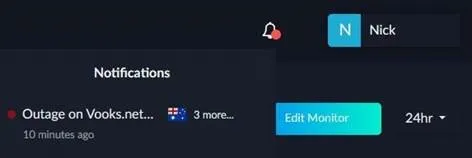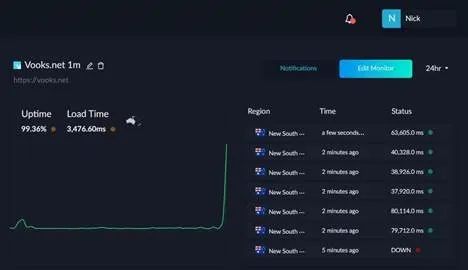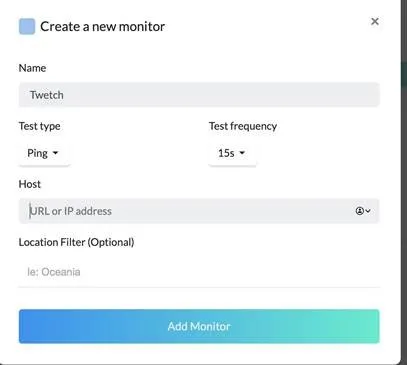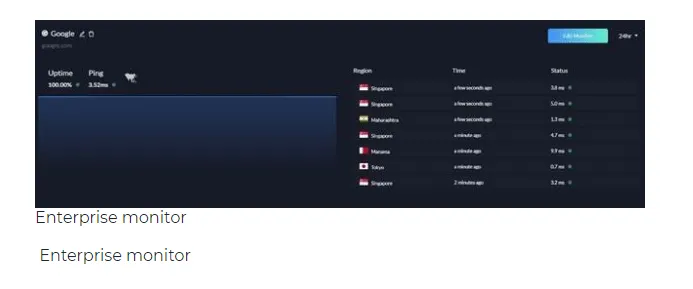|
Getting your Trinity Audio player ready...
|
On January 8, around 8 a.m. EST, UptimeSV nodes detected and reported an external website outage for the very first time. Shortly after implementing a notification system into their platform, the UptimeSV team received a notification alerting them that the website Vooks.net was down.

@VOOK64 Are you aware of this outage? the website seems to be under a lot of load.
— Nick Carton (@Firaenix) January 8, 2020
Although it’s unfortunate that the Vooks website went offline during a period where it experienced high traffic, on the bright side, the UptimeSV platform works exactly as described and can catch website outages in real-time. A platform like this is invaluable to enterprise businesses and consumers alike. It allows enterprises to receive data from users in real-time regarding whether their website or consumer-facing APIs are experiencing performance issues or outages, and it will enable consumers like me and you to earn revenue for monitoring websites.

How does UptimeSV work?
UptimeSV is for enterprises and website owners looking to monitor their website (as every enterprise/website owner should), and consumers looking to earn revenue for providing monitoring services; here’s how it works:
Uptime for Enterprises: As an enterprise user or website owner, you can subscribe to UptimeSV and receive statistics regarding the websites you would like to have monitored.

First, you name your monitor; then, you select what type of test(s) you want nodes to run for you. At the moment, you can choose between a ping test and a load-time test. A ping test will determine whether your server and website are available and responding, and a load-time test will determine how long it takes your website to fully load.
Afterward, you select how frequently you would like to receive these test results, and then you enter the URL (or IP address) of the website you would like to receive these statistics for. After you enter those details, you will be all set up!

Uptime For Consumers: A consumer–somebody who is running an Uptime SV node– receives revenue for monitoring websites.
Using @UptimeSV on the train to make up the cost of what I paid for the trip pic.twitter.com/b5xDDMzjKL
— Nick Carton (@Firaenix) October 25, 2019
A consumer on UptimeSV sees what websites an enterprise/website owner would like to have monitored and the tests they would like to have completed and then earns micro-payments for running those tests for those sites.
“All the existing network intelligence tests are set up in server farms who aren’t necessarily representative of the end-users you want to reach,” said Brent Bevear, a software engineer at Uptime SV. “With Bitcoin, we enable participants to be incentivized to do this for micropayments.”
Consumers are incentivized to provide enterprises with the information they are looking for because they receive a payment in return for their service.
“It’s somewhat similar to what people have seen in the past with folding@home,” said Bevear, “which lets users contribute their resources to solve protein folding for cancer research. However, there was never a monetary incentive for participation.”
How to subscribe and how to run a consumer node
If you’re an enterprise or website owner looking to subscribe to UptimeSV, you can reach out to the UptimeSV team for sign up information here. UptimeSV is currently in private beta but is looking to open its platform to consumers before the end of Q1 2020. In the meantime, follow UptimeSV on Twitter to stay up to date with their most recent company developments.

 08-20-2025
08-20-2025 





